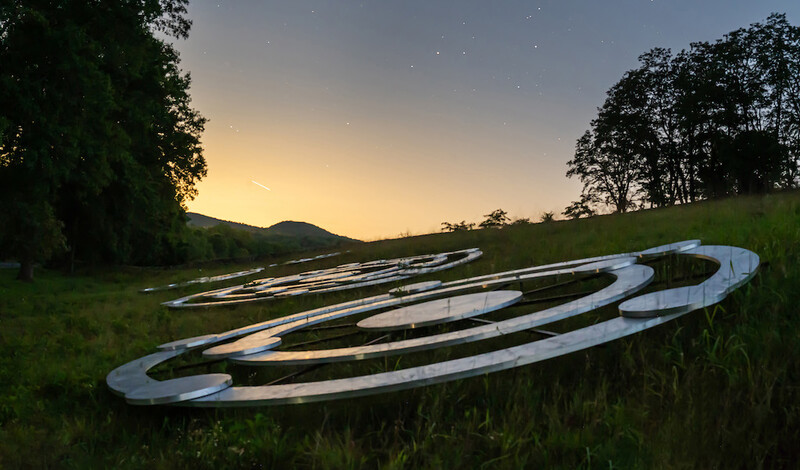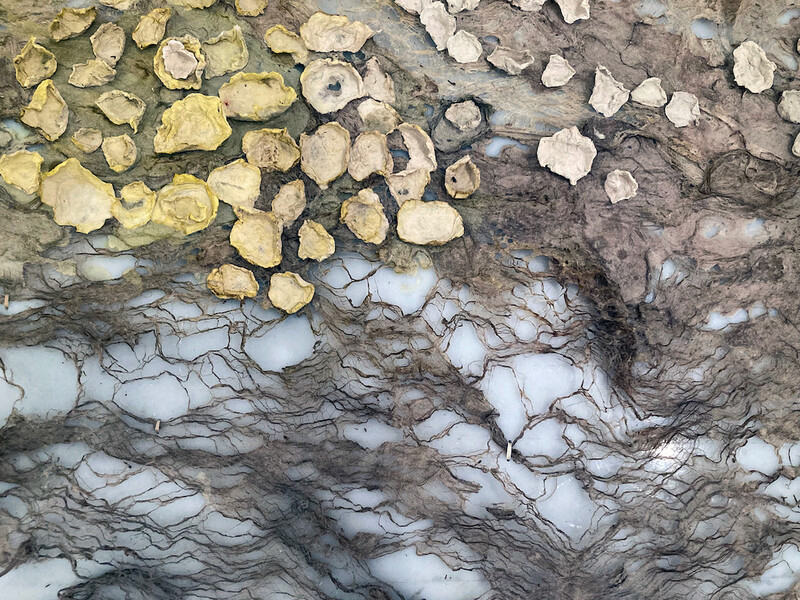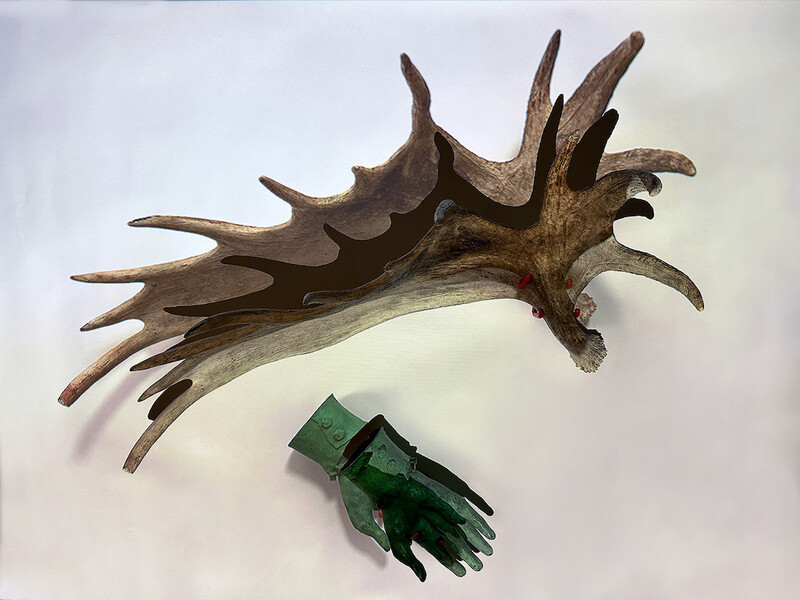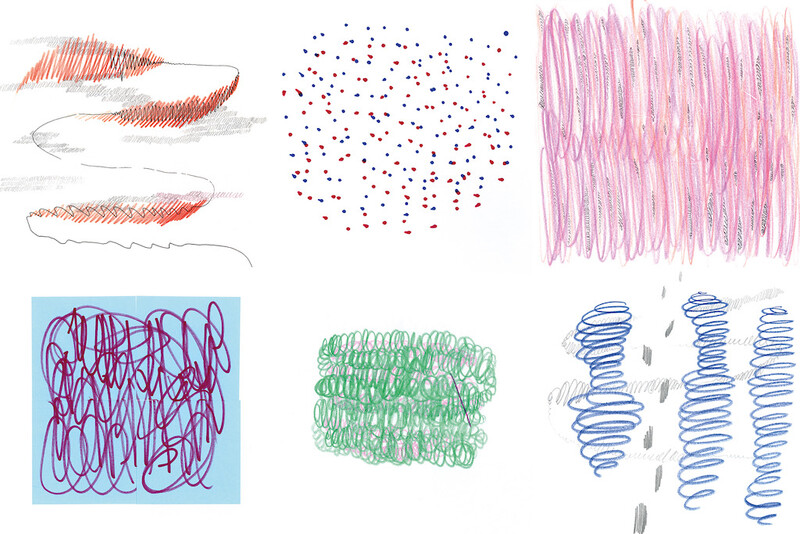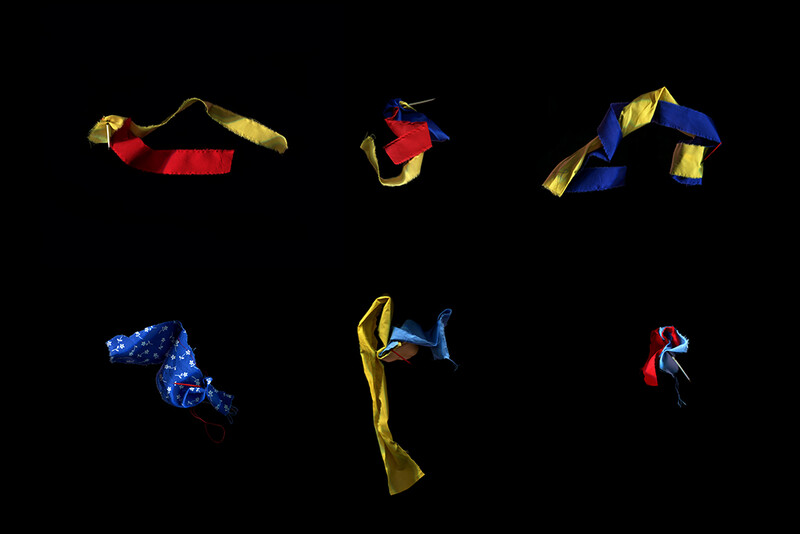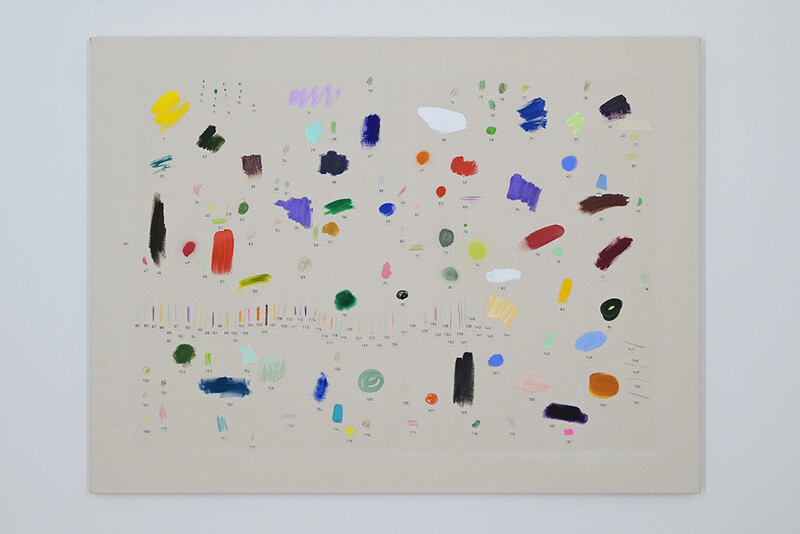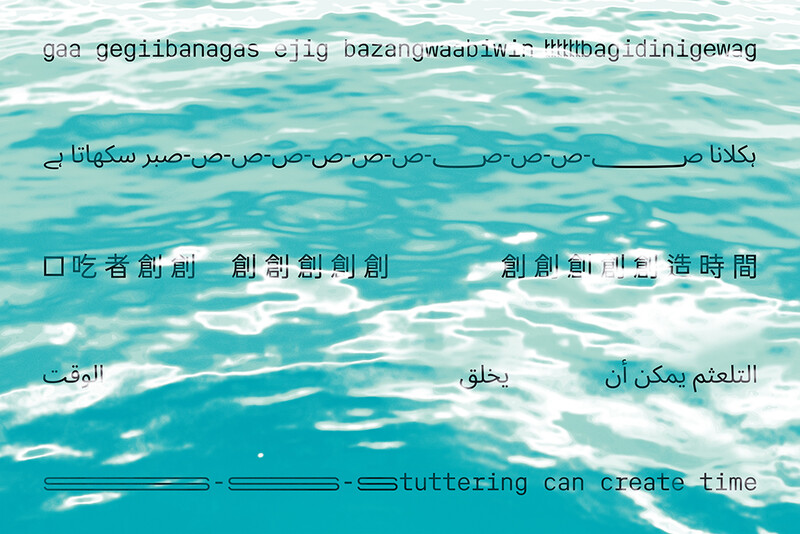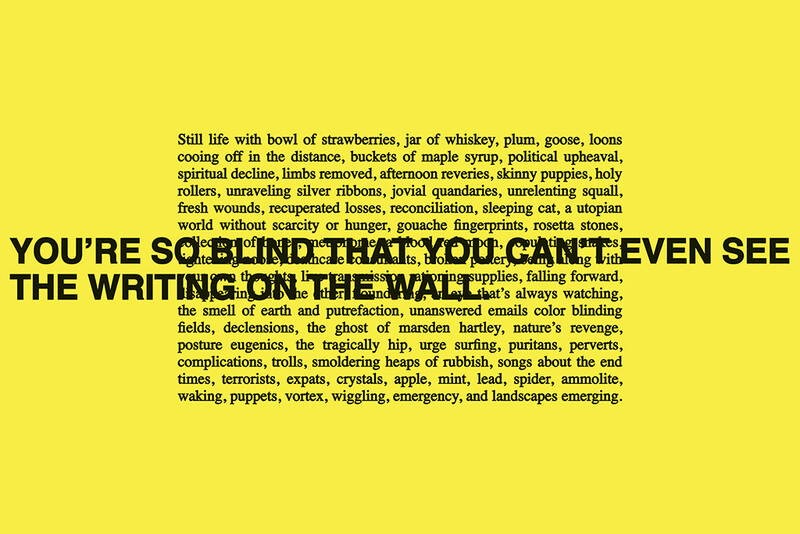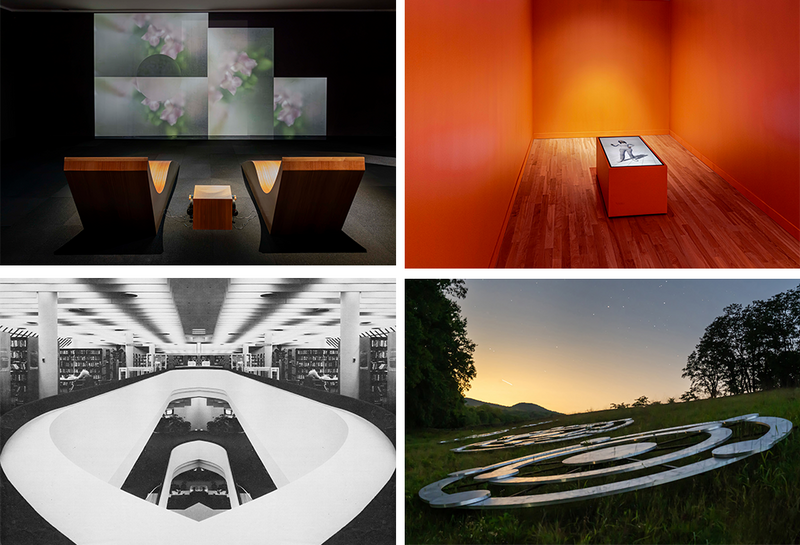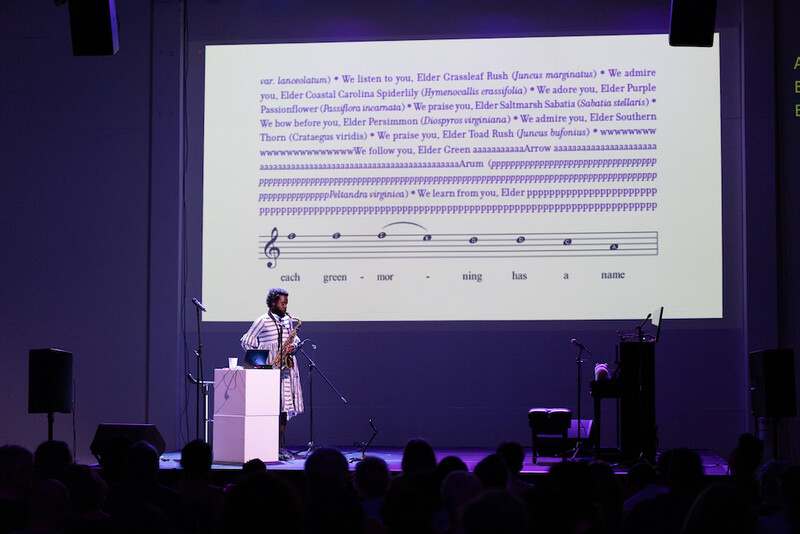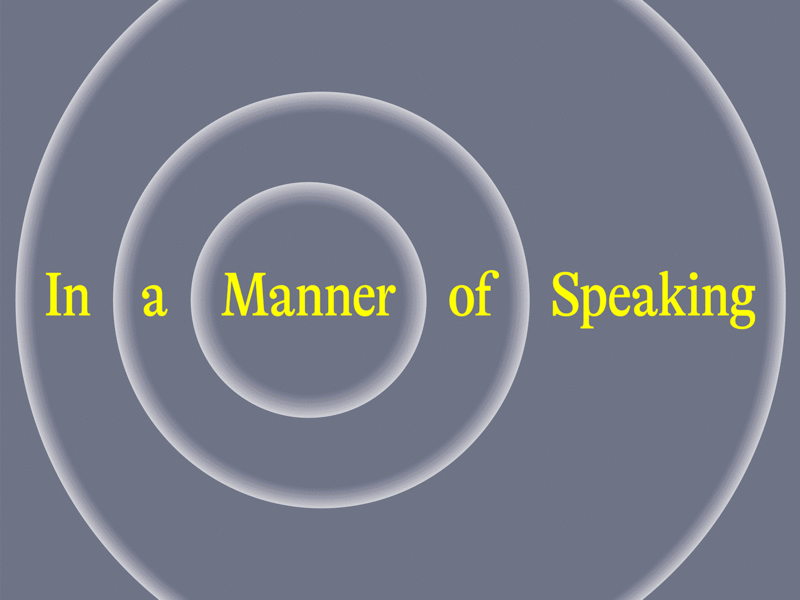
In the lightboxes
At its core, communication feels simple: a sender puts thoughts into words, and a receiver listens, hoping to catch its meaning. Yet, between those two points lies a space of unpredictability. Subtle differences–of experience, of perspective, of understanding–can shift the message, bending it into something inarticulate, something unintended.
In the context of communication theory, this disruption is called “noise”–barriers that go beyond literal sounds to include cultural differences, semantic misunderstandings, and psychological or physical distractions. These interferences breed friction, often deepening a sense of disconnection. The longing to be understood becomes especially poignant when our deepest desires, needs, and personal experiences struggle to find expression, complicating our ability to connect with others. This complexity contrasts with the purpose of language: to extend ourselves into the world and toward each other.
In a Manner of Speaking (IMS) explores the longing to be understood, interrogating the limitations of language and the inadequacies of culturally dominant vocabularies. Across three chapters–reading, speaking, and listening emerge as acts of invention and reinvention, shaped by diverse lived experiences. Artists reimagine communication, challenge colonial and ableist linguistic norms, and illuminate the intersections of identity, access, and expression. Structured like a book–a medium for sharing information and ideas–this three-part exhibition animates four outdoor lightboxes and moves from Encounter and Negotiation to Longing and Desire, and finally to Understanding and Fulfillment.
Chapter One: Encounter and Negotiation (January 8 – March 4, 2025)
This opening chapter considers how relationships and environments are formed, experienced, and adapted. Logan MacDonald draws on Indigenous land-based knowledge, emphasizing listening as a decolonial strategy and means of regeneration. His work reveals how attunement to movement, vibration, and bodily cues deepens connections to the land and to one another. Seo Hye Lee reimagines sound through her cochlear implant, creating drawings that function as a unique visual language capturing environmental noises as she perceives them. Emily Cook introduces opacity and tactile engagement to craft more hospitable spaces, highlighting the interdependencies that sustain both individuals and communities. RA Walden critiques the biases embedded in listening and observing, revealing the systemic disbelief often faced by individuals with invisible disabilities. Collectively, these works outline paths to not just survive but thrive.
Chapter Two: Longing and Desire (March 5 – April 29, 2025)
The second chapter turns to expressions of desire and the shared aspirations of belonging and being. Inspired by the agglutinative structure of Anishinaabemowin, Scott Benesiinaabandan creates multi-layered works that traverse human and spirit realms. Through processes of assembly, disassembly, learning, and unlearning, he brings traditional methods of communication and ancestral knowledge into active practice. The collective People Who Stutter Create advocates for recognizing stuttering and speech disfluencies as dynamic, living languages. By embracing pauses, repetition, and elongations through their text-based work, they reveal how these elements generate new temporalities and make space for change. Rooted in her experience as a patient in intensive care, Wieteke Heldens’ work forms part of a larger series of mixed media paintings that captures the delicate balance of perseverance. It serves as both a testament to survival and a means of interpreting her immediate environment. S. Proski expands the still-life genre to engage non-visual senses, and in doing so offers a nuanced dialogue between the seen and the felt.
Chapter Three: Understanding and Fulfillment (April 30 – June 30, 2025)
The final chapter focuses on being understood and having one’s access needs met, even if fleetingly. RA Walden presents xây ithřa, a newly constructed language rooted in queering lexicons–drawing from argots and cants to anti-languages and speculative fiction– xây ithřa embodies “access intimacy,” a concept coined by disability justice writer Mia Mingus to describe the feeling of deep, reciprocal understanding. Here, Walden uses world-building not as a tool for imagining the future but as an embodied practice for the present.
Throughout IMS, communication and perception unfold through multi-sensory layers. Many works are paired with audio components, expanding interpretive possibilities, while others prioritize non-visual senses, subverting the dominance of sight. Detailed visual descriptions, provided by Rebecca Singh through audio recordings and transcripts, accompany all works to enhance accessibility. IMS is an invitation to reconsider how we interpret meaning, navigate relationships, and envision more accessible and inclusive ways of connecting with one another. By centring interdependence, resilience, and creativity, this exhibition transforms communication into a profound act of care and possibility.
Programs
JJJJJerome Ellis: Aster of Ceremonies
Thursday April 17, 2025, 7pm
Arraymusic, 155 Walnut Ave, Toronto
Event Registration opens on February 17, 2025
As part of In a Manner of Speaking, JJJJJerome Ellis will present a solo performance titled Aster of Ceremonies (2023). This hour-long, improvised performance weaves together spoken word, live music, and projected text. Combining piano, saxophone, dulcimer, and voice, Ellis draws from their book of poetry of the same name, exploring connections between blackness, disabled speech, divinity, nature, sound, and time. Through a devotional song cycle, Ellis honours 18th- and 19th-century Black runaway slaves who stuttered, offering a profound counter-narrative to the “masters of all vessels” by invoking the imagery of a family of flowers. This lecture-performance is an ongoing attempt to, as the artist notes, in the words of critic Hortense Spillers, “hear [slavery’s] stutter more clearly.”
Accessibility
In a Manner of Speaking is free and open in public spaces across the UTM campus. Some movement throughout the campus is required—ramps and curb cuts are in place.
Download a printable map for your visit.
Acknowledgements
Special thanks to Atanas Bozdarov, Emily Cook, Chloë Lum, and Aislinn Thomas for the early conversations in the development of this project.
In a Manner of Speaking
On view: Chapter Two (March 5 – April 29, 2025)
Artists: Scott Benesiinaabandan, Emily Cook, People Who Stutter Create (Jia Bin, Delicia Daniels, JJJJJerome Ellis, Conor Foran, Kristel Kubart), Wieteke Heldens, Seo Hye Lee, Logan MacDonald, S. Proski, RA Walden.
Public Program Contributor: JJJJJerome Ellis
Curated by Karie Liao
Programs
- Saturday February 8, 2025, 12–4pm
- Tuesday April 15 and Thursday April 17, 2025
- Saturday, May 3, 2025
Chapter One: Encounter and Negotiation
Chapter Two: Longing and Desire
Programs
Installation Views
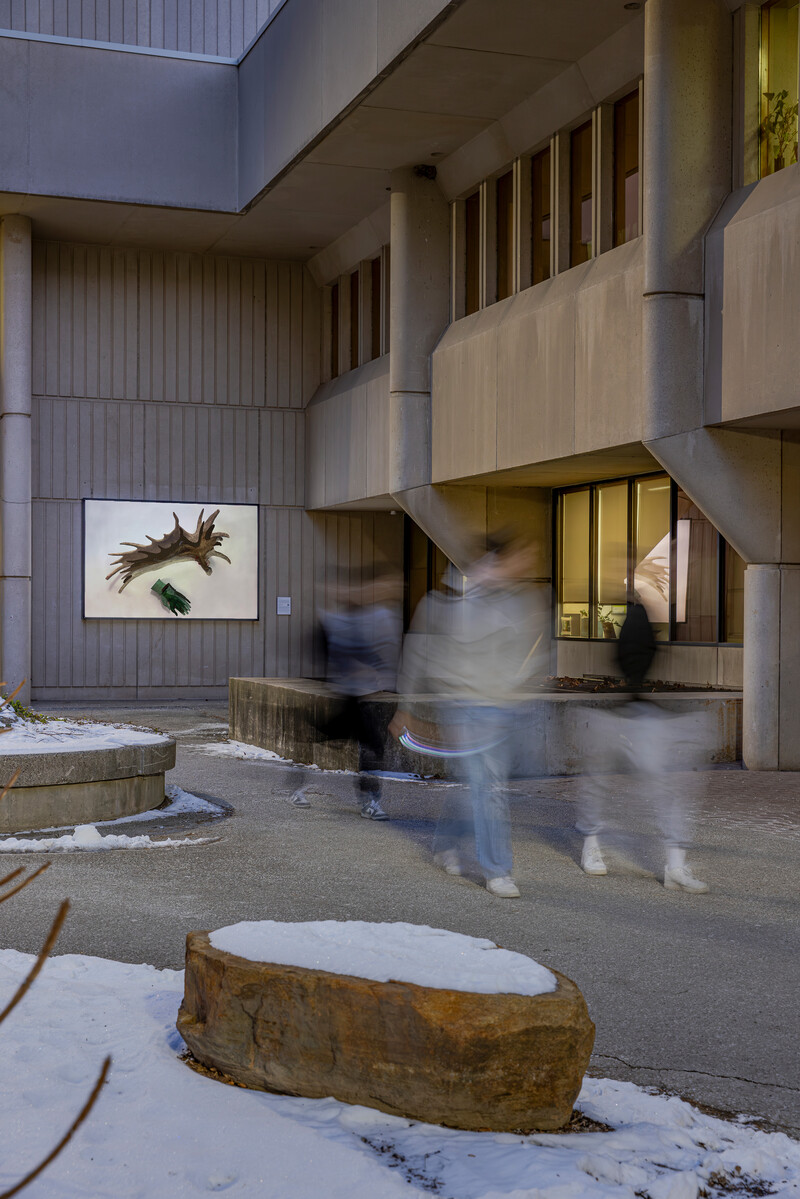
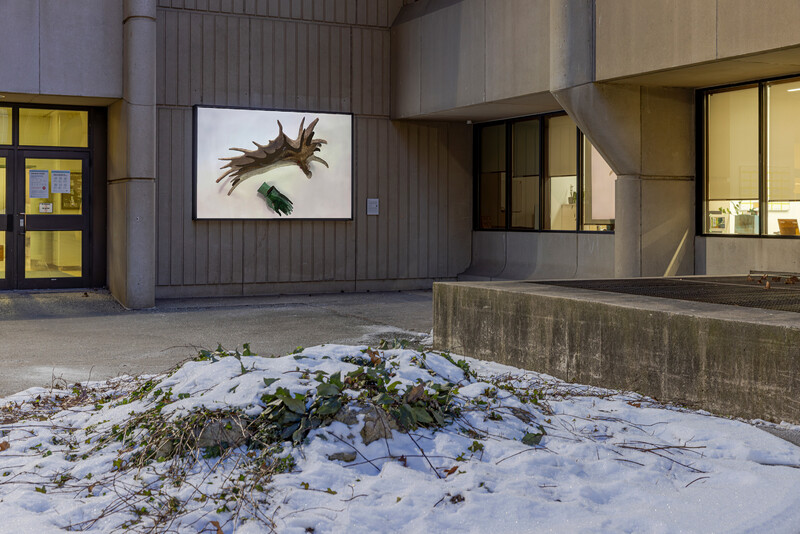
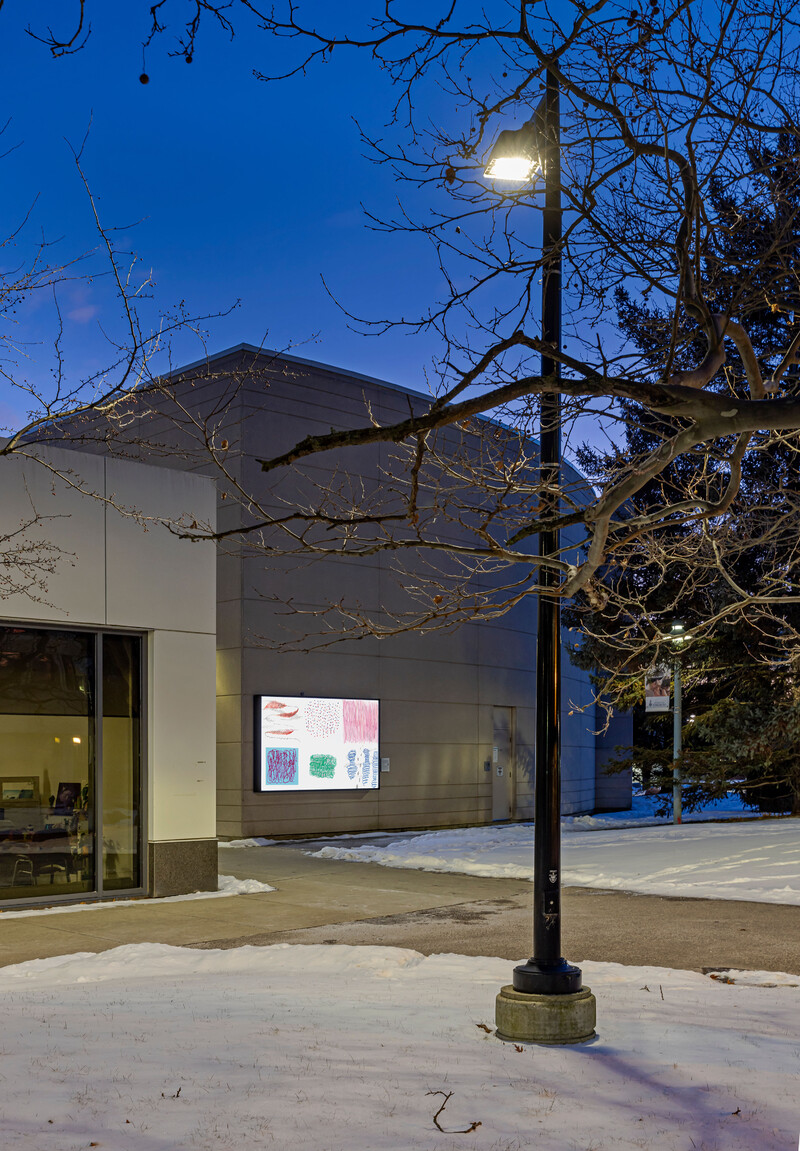
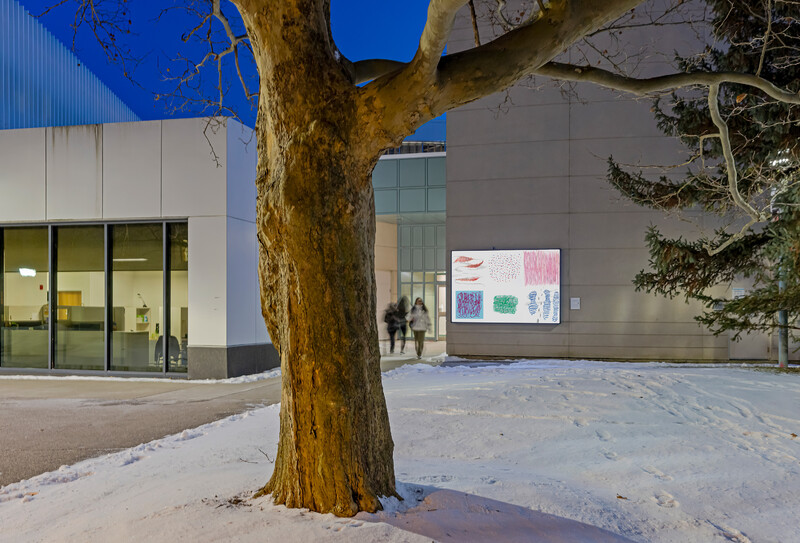
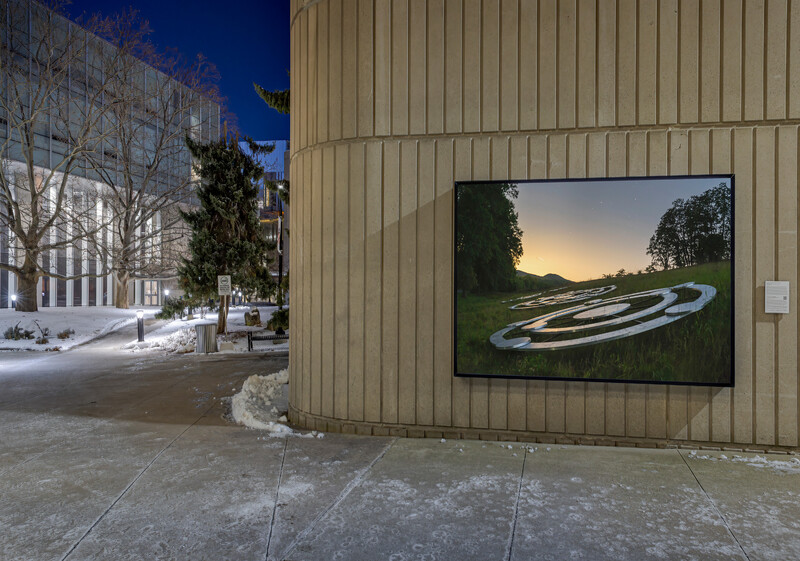
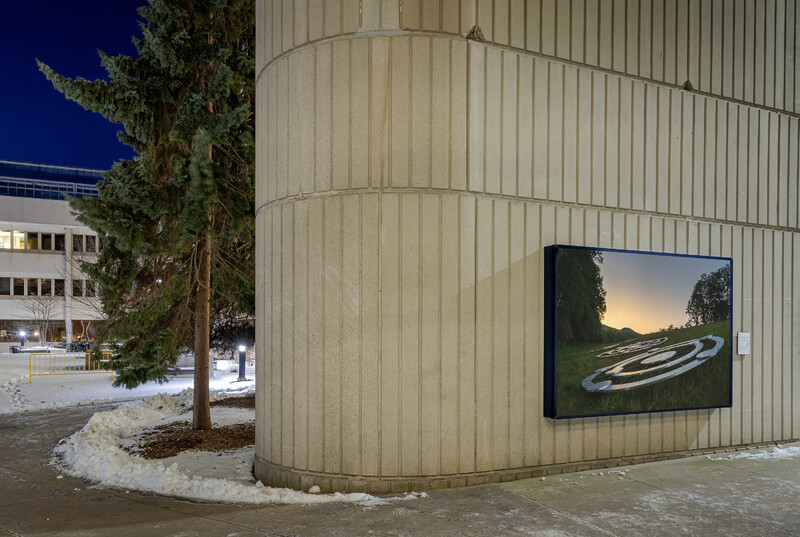
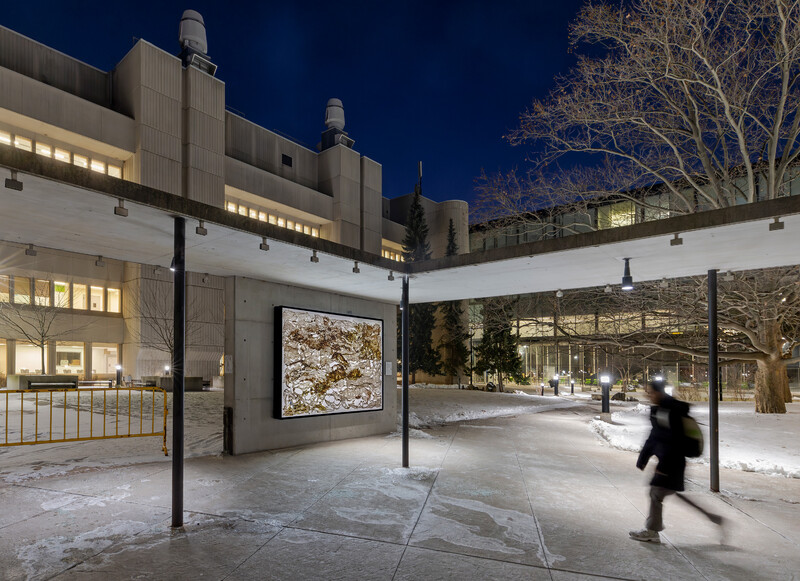
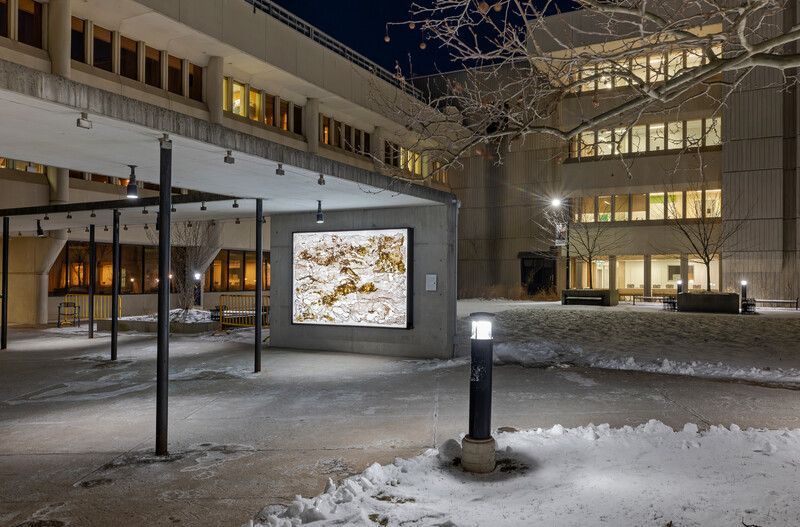
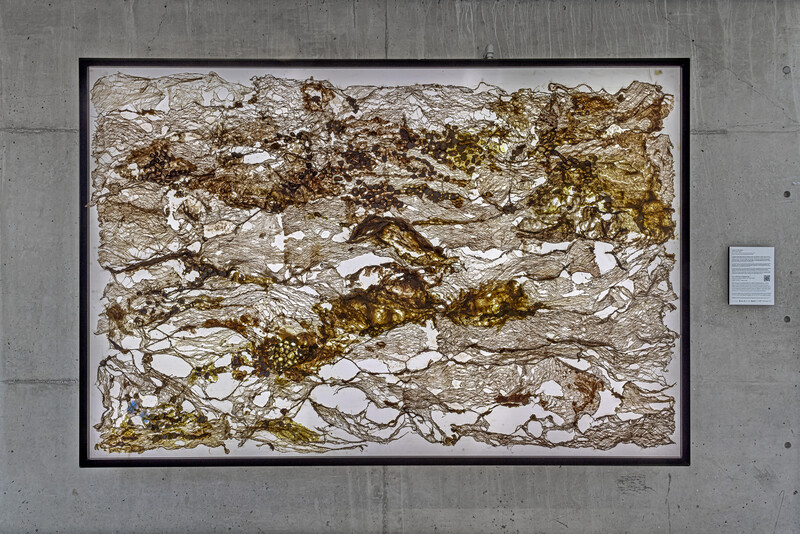
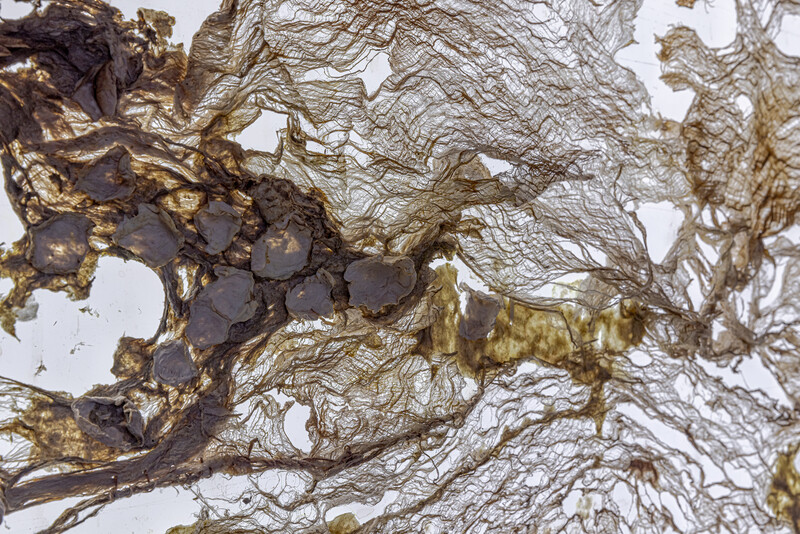
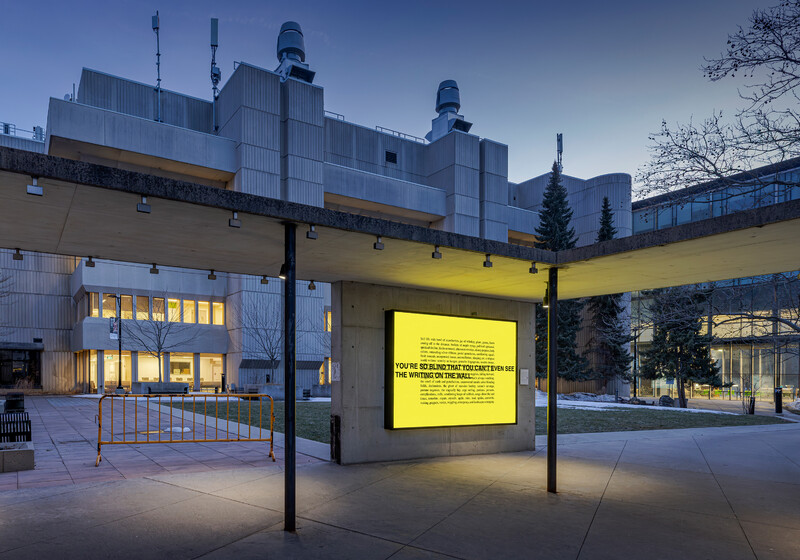
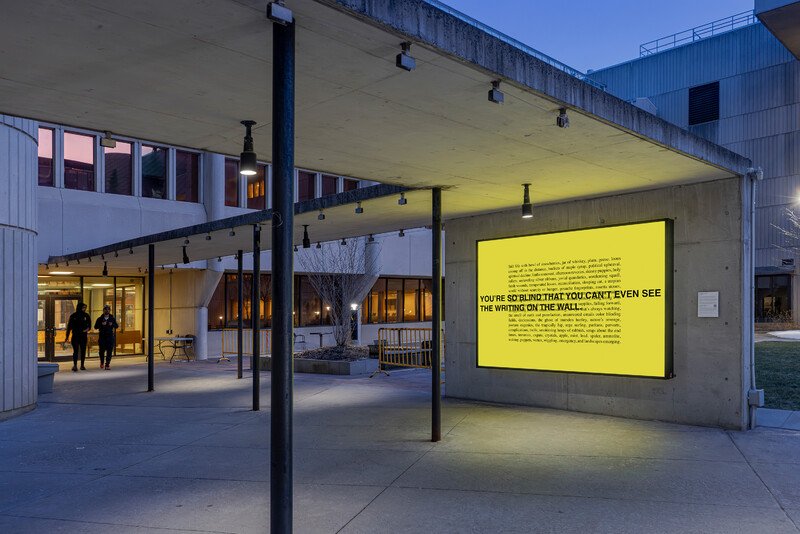
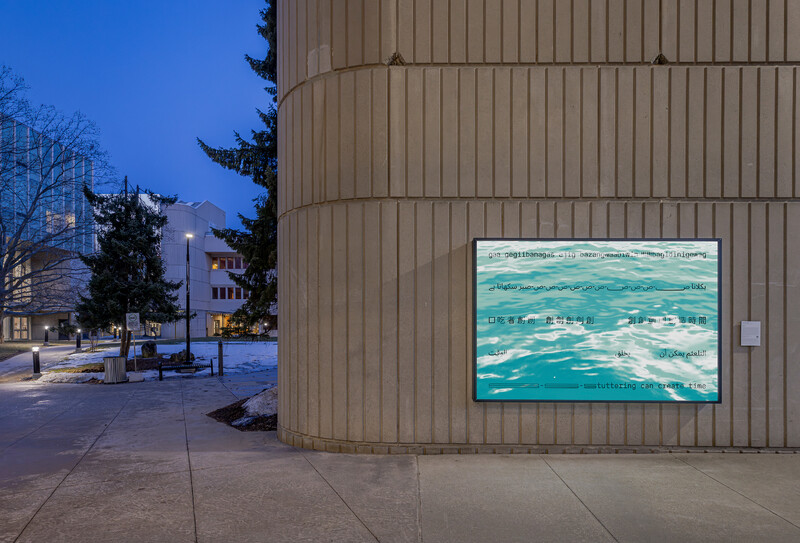
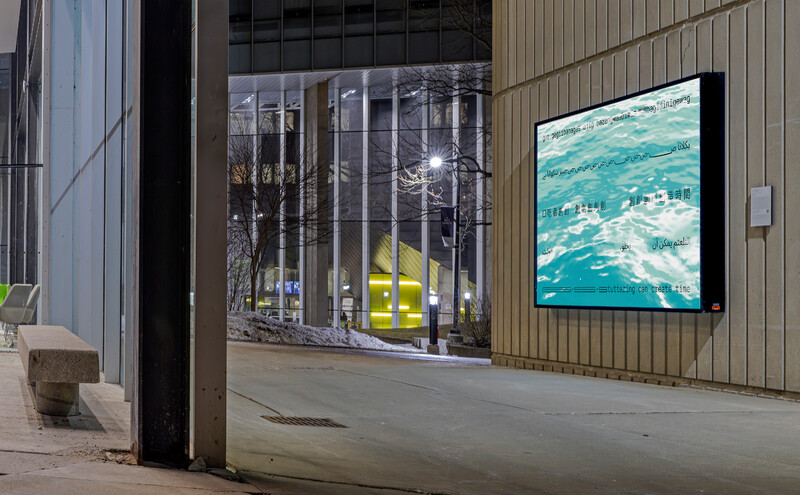
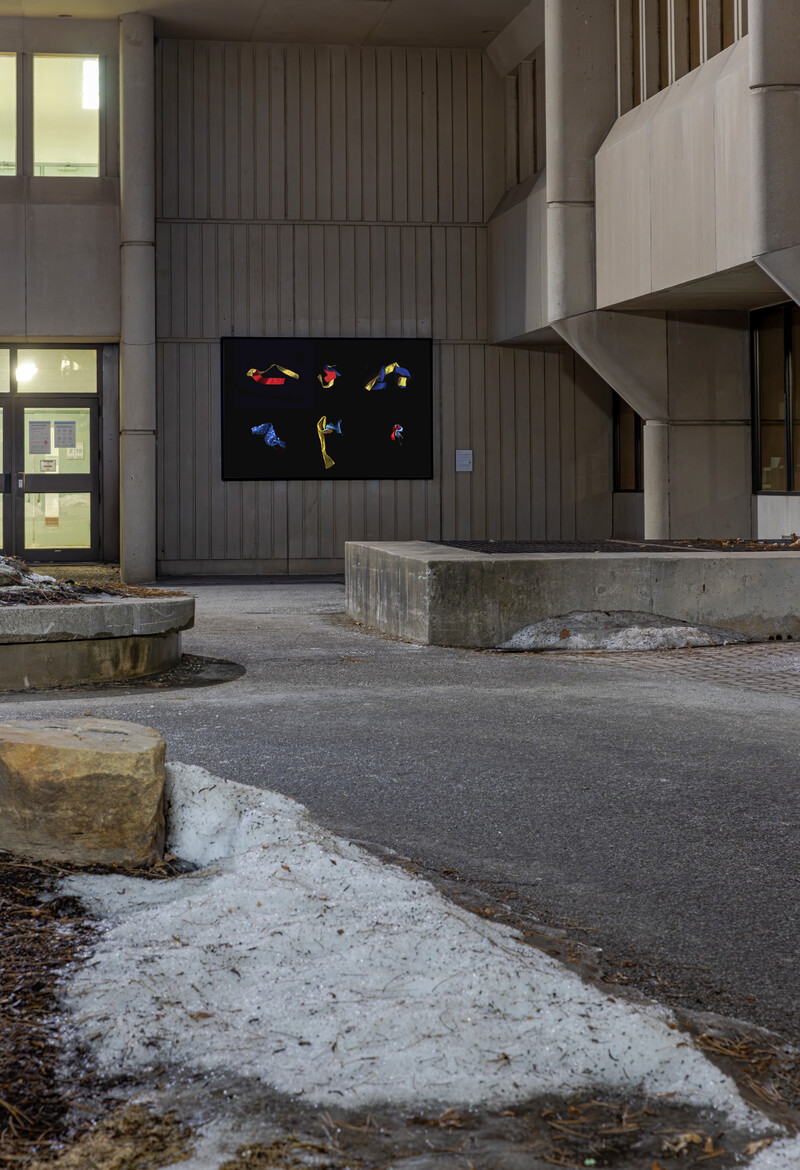
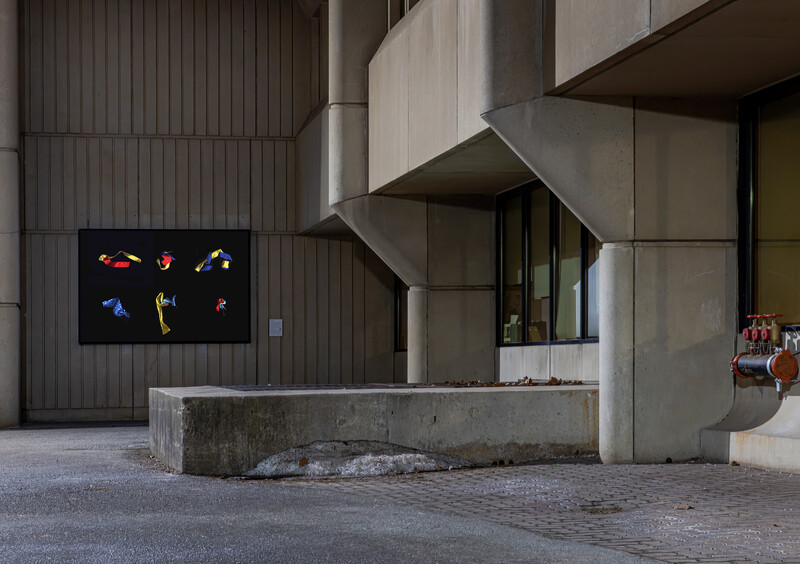
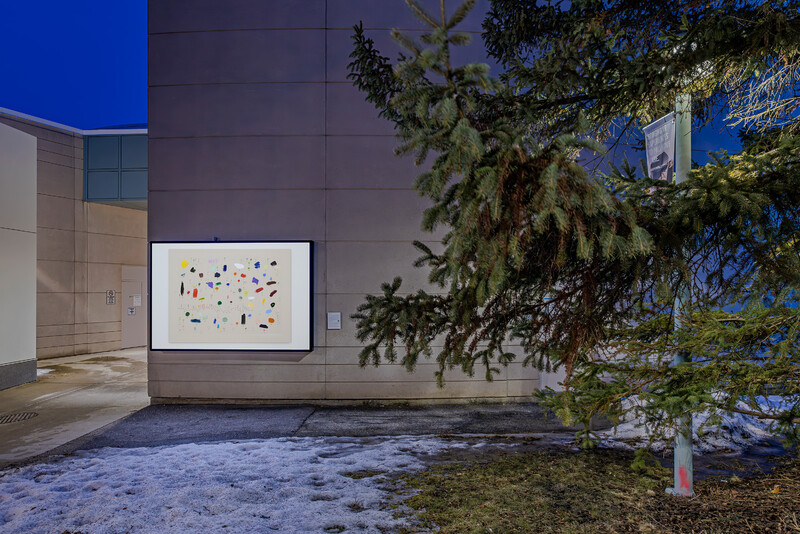
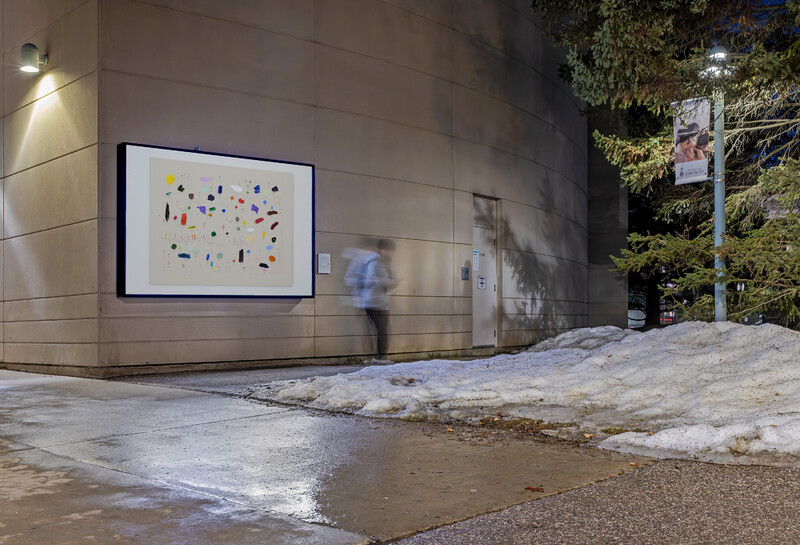

Proudly sponsored by U of T affinity partners. Discover the benefits of affinity products!


The Blackwood
University of Toronto Mississauga
3359 Mississauga Road
Mississauga, ON L5L 1C6
[email protected]
(905) 828-3789
The galleries are currently open. Hours of operation: Monday–Saturday, 12–5pm.
Facebook | Twitter | Instagram
Sign up to receive our newsletter.
The Blackwood is situated on the Territory of the Mississaugas of the Credit, Seneca, and Huron-Wendat.
